
What are the top digital cameras for wildlife photography
Wildlife photography demands equipment that can capture split-second moments from great distances with stunning clarity. Professional wildlife photographers rely on specialized digital cameras that combine lightning-fast autofocus, exceptional low-light performance, and rugged construction. Here are 10 fascinating facts about the top digital cameras dominating the wildlife photography world today.
1. Canon EOS R5 Leads with Revolutionary Animal Detection
The Canon EOS R5 features Canon's groundbreaking Animal Eye AF detection system, which can identify and track birds, cats, dogs, and even entire animal groups in real-time. This mirrorless camera can shoot up to 20 frames per second with full autofocus and auto exposure, making it nearly impossible to miss crucial wildlife moments.
Pro tip: The R5's -6.5 EV low-light sensitivity means wildlife photographers can capture nocturnal animals without disturbing them with artificial lighting.
2. Nikon Z9 Sets New Standards with 493 Focus Points
Nikon's flagship Z9 mirrorless camera boasts an unprecedented 493 focus points covering 90% of the frame. This translates to extraordinary accuracy when tracking fast-moving wildlife subjects. The camera's advanced subject recognition can distinguish between different animal eyes, even when they're partially obscured by foliage.
Did you know? The Z9 can record 8K video at 60fps, making it equally valuable for wildlife documentary filmmakers.
3. Sony α1 Combines Speed with Massive Resolution
Sony's α1 camera shocks wildlife photographers with its ability to shoot 50.1 megapixels at 30 frames per second – a combination previously thought impossible. This means photographers can capture ultra-high-resolution images of birds in flight or running mammals without any compromise on speed.
Amazing fact: The α1's stacked CMOS sensor processes 15 million pixels per second during continuous shooting, enabling unprecedented workflow efficiency.
4. Professional DSLRs Still Dominate Wildlife Circuits
Despite mirrorless advances, the Canon EOS-1D X Mark III remains incredibly popular among wildlife photographers, particularly for its exceptional battery life and optical viewfinder reliability. This professional DSLR offers 191 focus points and can shoot at 16 fps with full autofocus.
Interesting statistic: Many National Geographic wildlife photographers still prefer the optical viewfinder of professional DSLRs for tracking subjects in challenging lighting conditions.
5. Fujifilm X-T5 Surprises with Advanced Bird Detection
Fujifilm's X-T5 has revolutionized the crop-sensor market with its impressive bird detection system and 40.2 megapixel resolution. Despite its compact size, this camera can effectively compete with full-frame models for bird photography thanks to its exceptional image processing algorithms.
Surprising insight: The X-T5's compact design makes it 40% lighter than most professional wildlife setups, reducing fatigue during long outdoor shoots.
6. Olympus Tough TG-6 Challenges Convention in Macro Wildlife
While most wildlife focus on large megapixel counts, the Olympus Tough TG-6 proves that specialized features matter. This rugged compact camera excels at macro wildlife photography, capturing insects and small creatures with stunning 4K video capabilities and 100x magnification.
Wildlife photographers love it because it's waterproof to 50 feet and can operate in extreme temperatures from -10°C to 50°C.
7. Panasonic S5 II Offers Stellar Image Stabilization
The Panasonic S5 II features in-body image stabilization rated to 6.5 stops, crucial for wildlife photographers using super-telephoto lenses. This 24-megapixel full-frame camera reduces camera shake significantly, allowing handheld shooting in situations where tripods are impractical.
Notable feature: The S5 II's hybrid viewfinder combines electronic and optical elements, giving wildlife photographers flexibility in different shooting conditions.
8. Eye-Tracking Technology Changes Everything
Modern wildlife photography cameras now feature sophisticated eye-tracking that can predict animal movement based on behavioral patterns. This AI-powered technology represents a quantum leap from traditional focus systems.
Fact check: These systems can track subjects moving up to 100 mph while maintaining critical focus on the animal's eye – essential for award-winning wildlife photography.
9. Battery Innovation Extends Wildlife Expeditions
The latest wildlife cameras feature significantly improved battery life, with some models lasting over 1,000 shots per charge. This extended battery life proves crucial during extended field assignments where charging opportunities are limited.
Professional wildlife photographers report that improved battery performance has reduced their gear weight by up to 30% compared to previous camera generations.
10. Weather Sealing Makes or Breaks Expeditions
Today's top wildlife cameras feature comprehensive weather sealing rated for professional use in harsh environments. Some models can operate effectively in temperatures ranging from -20°F to 140°F while maintaining full functionality.
Critical specification: Professional-grade sealing protects against dust, moisture, and even salt spray – essential for wildlife photographers working in diverse global environments.
Making Your Choice: What Professional Wildlife Photographers Consider
When selecting wildlife cameras, professionals evaluate several key factors:
Sensor size and resolution: Balancing image quality with file management capabilities Autofocus speed and accuracy: Critical for capturing spontaneous moments Low-light performance: Essential for dawn and dusk wildlife activity periods Durability: Weather sealing and build quality for field conditions Battery life: Extended performance during multi-day expeditions Lens compatibility: Access to specialized telephoto optics
The landscape of wildlife photography cameras continues evolving rapidly, with manufacturers regularly introducing innovations that push creative boundaries for nature photographers worldwide.
Whether you're capturing migration patterns, documenting endangered species, or photographing backyard wildlife, choosing the right digital camera makes all the difference between documenting history and missing the moment entirely.
Ready to upgrade your wildlife photography gear? Consider your specific needs, shooting environment, and budget when selecting from these remarkable camera systems. Each offers unique advantages for different wildlife photography scenarios.


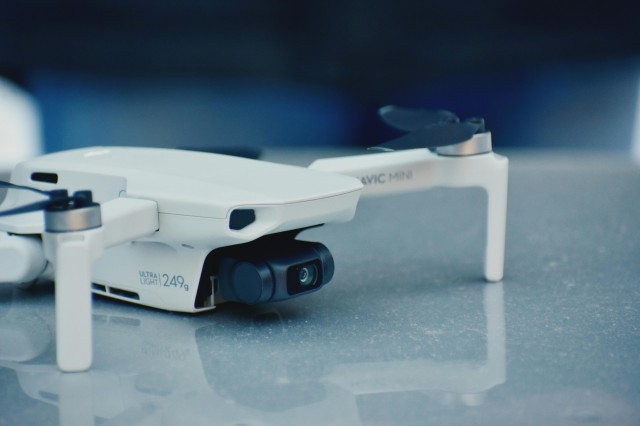
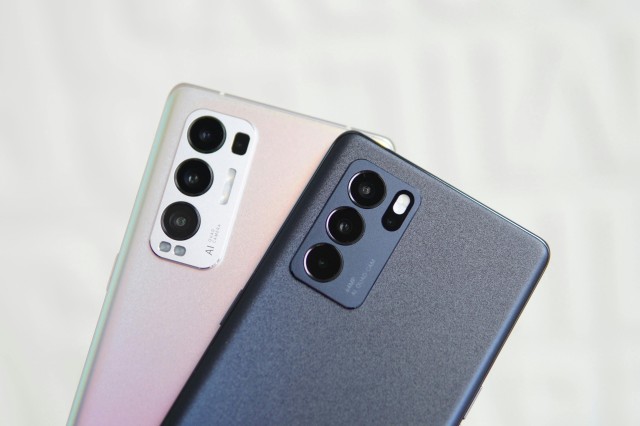
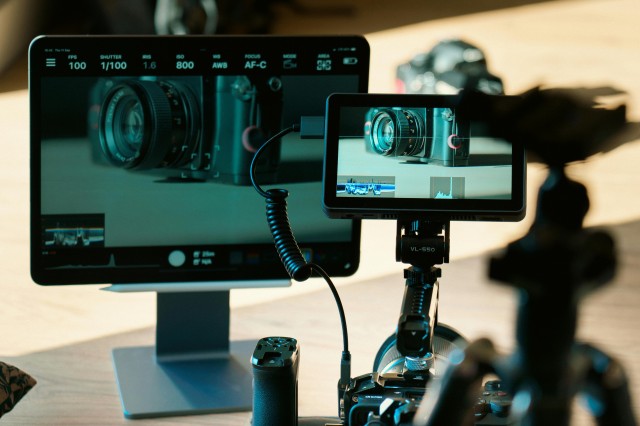
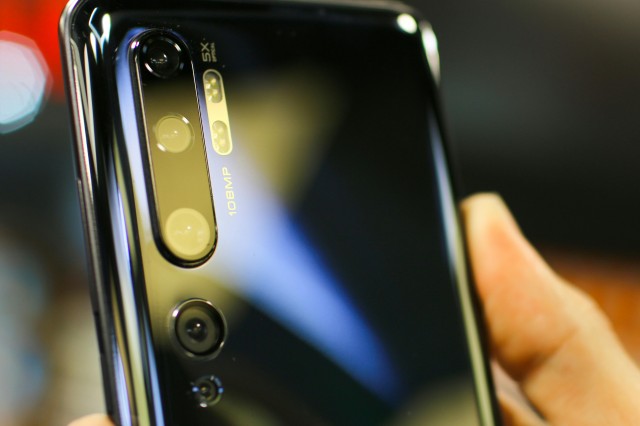
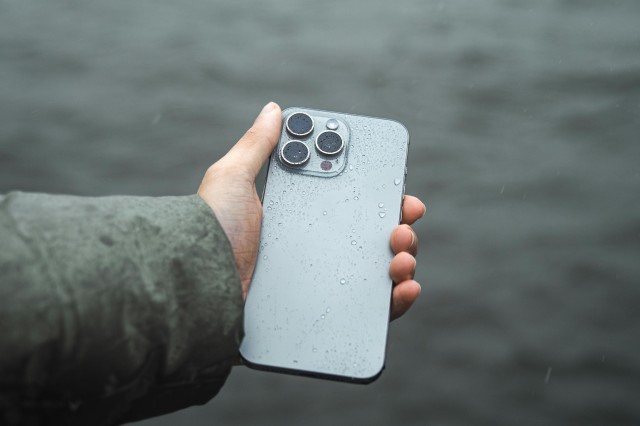
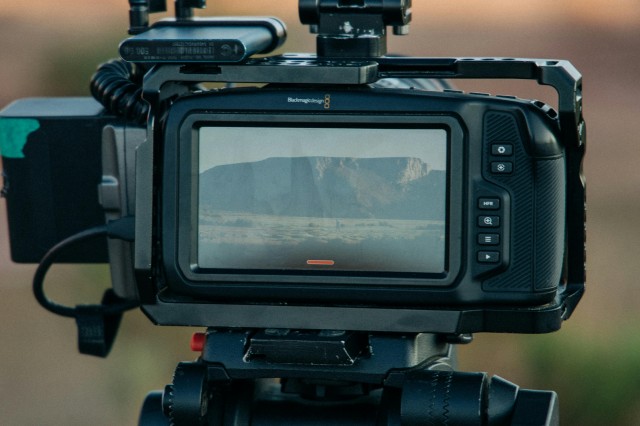








Post Comment